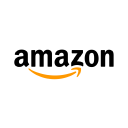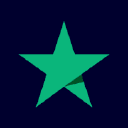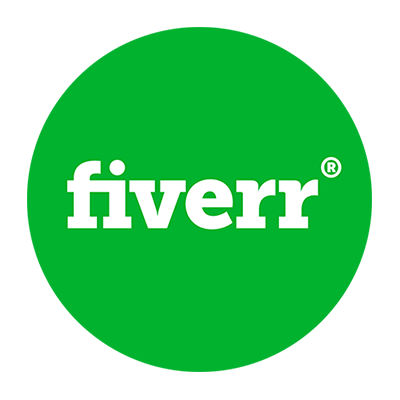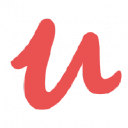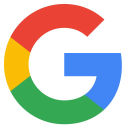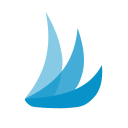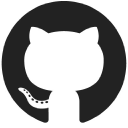How My Generative 3D Modelling Tool Got 3,000 Users On Launch Day
Imagine needing just seconds to create what once took hours in 3D design. That's the service my SAAS platform offers.
Hey! I'm Jan, a 3D artist and developer who's been in the space for about 5 years, working with some big names like the Sidemen, Tfue, and MontanaBlack.
Seeing a gap in the market, I launched a SAAS platform that generates 3D models from text or images, making life a lot easier for 3D artists, developers, and anyone into 3D printing.


In February, I kicked off, and the response was wild! 5,000 users signed up in the first four days!
It's been a game-changer for reducing the time and money spent on modeling and buying 3D models.

Download the report and join our email newsletter packed with business ideas and money-making opportunities, backed by real-life case studies.

Download the report and join our email newsletter packed with business ideas and money-making opportunities, backed by real-life case studies.

Download the report and join our email newsletter packed with business ideas and money-making opportunities, backed by real-life case studies.

Download the report and join our email newsletter packed with business ideas and money-making opportunities, backed by real-life case studies.

Download the report and join our email newsletter packed with business ideas and money-making opportunities, backed by real-life case studies.

Download the report and join our email newsletter packed with business ideas and money-making opportunities, backed by real-life case studies.

Download the report and join our email newsletter packed with business ideas and money-making opportunities, backed by real-life case studies.

Download the report and join our email newsletter packed with business ideas and money-making opportunities, backed by real-life case studies.

